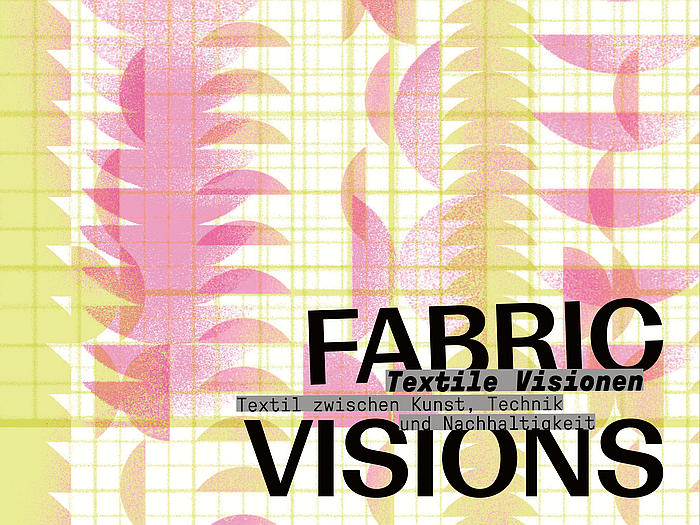Although Chemnitz's co-tenure, along with Nova Gorica, Slovenia, as European Capital of Culture 2025, officially kicked off in January, it's only of late, as the days have got and longer and warmer, that the programme has really started to blossom.
And as we were preparing our exhibition recommendations list for April 2025 we noted a quartet of events in Chemnitz worthy of suggestion. Unwilling to force ourselves to decided which to include in our list and to which to ignore, which seemed harsh, we instead decided on a Chemnitz 25 Special for April 2025. Which seemed fair.
And an apposite opportunity for stimulating all to not only explore the Chemnitz 25 programme, but to consider exploring Chemnitz.
The former can be undertaken at https://chemnitz2025.de, the latter is up to you.
And in the interests of fairness, for all in or near Nova Gorica in the course of 2025, details on their programme can be found at www.go2025.eu And if we find ourselves in a position to produce a Nova Gorica 25 Special, we will.
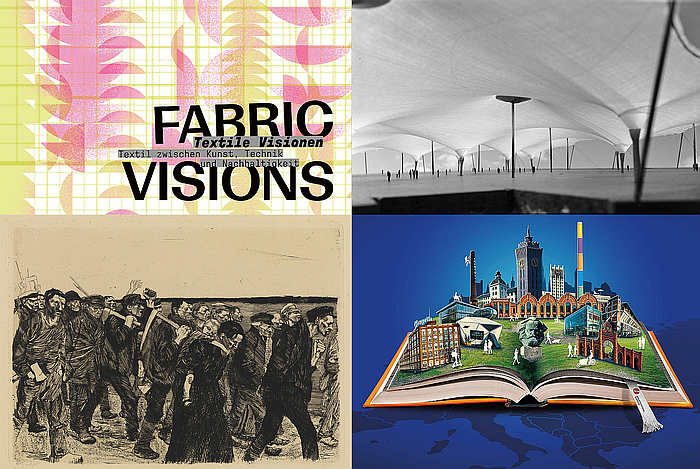
For all that architect Frei Otto is most popularly associated with Munich on account of his famed roofs for the city's 1972 Olympic venues, arguably as most popularly represented by that for the Olympic stadium, he was born in Siegmar, then a village on the south western edge of Chemnitz, today a south-western suburb of Chemnitz.
And was born in 1925.
By way of celebrating the centenary of one of the city's internationally important architectural sons, of whom Chemnitz boasts numerous, the city's Kunstsammlungen present with Beyond Geometry an exhibition that will juxtapose the work of Frei Otto with that of the Japanese architect Kengo Kuma, an architect who, like Otto, has a canon of work that is very much based in considerations on materials, including the use of novel materials to realise novel relationships, and that is as much about enclosing space to enable its use, as it is about construction. That challenges the borders of civil engineering and architecture. And two architects for whom nature plays an important, if at times very different role, in both the anchoring of their positions and the genesis of their projects.
A presentation that, if we've understood correctly, will primarily be based on a juxtaposition of models and photographs of work by both Frei Otto and Kengo Kuma, that arguably will be more Frei Otto + Kengo Kuma, or Frei Otto:Kengo Kuma than Frei Otto x Kengo Kuma, and that should not only enable an introduction to Frei Otto and Kengo Kuma for all unfamiliar with their works, but also an opportunity to better locate Frei Otto in contemporary architectural positions, approaches and discourses.
Beyond Geometry. Frei Otto x Kengo Kuma is scheduled to open at Kunstsammlungen, Theaterplatz 1, 09111 Chemnitz on Thursday April 3rd and to run until Sunday June 29th. Further details can be found at www.kunstsammlungen-chemnitz.de
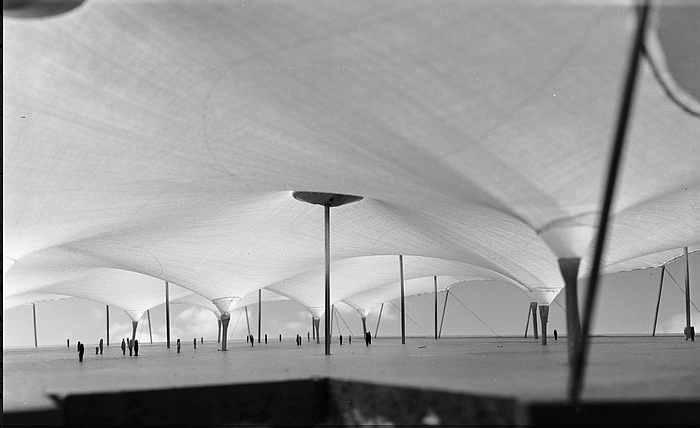
Tracing its (hi)story back to 1917 the Institut für Auslandsbeziehungen, Institute for Foreign Relations, ifa, is, a German non-governmental organisation that has long employed culture of all hues as the basis for international exchange and discourse, not least through the organisation of touring exhibitions and the public use of its collection. A collection of some 24,000 objects of all genres, ca. 50% of which were acquired in 1991 when the collection of the Zentrum für Kunstausstellungen der DDR, Center for Art Exhibitions of the DDR, was amalgamated into the ifa's existing collection as a component of the East-West unification of the 1990s. And a rare example of 1990s institutional unification as a 50:50 process.
And an ifa collection that is the basis for Entanglements, a presentation that aims to approach the role of textiles in the art and society of the exhibition's title from a variety of perspectives via projects from creatives working in numerous creative genres, including, for example, Käthe Kollwitz's late 19th century lithography/etchings cycle Ein Weberaufstand, A Weavers' Revolt, with its elucidations of the contemporary reality of weavers, the works of a Hermann Glöckner, an important abstract artist in the DDR, or the contemporary videos of a Judith Raum with their focus on the weaving workshops at the Bauhauses, and as previously discussed in context of Raum's project Otti Berger. Weaving for Modernist Architecture at the Temporary Bauhaus-Archiv, Berlin.
A presentation in a town that was known for its cotton mills, mills that, as with a great many of those in the region around Chemnitz, now stand silent, with all the economic, social, political, cultural et al challenges that brings, that should allow for differentiated reflections on textiles of all types, on relationships with textiles of all types. And also allow for a differentiated questioning of the novel materials currently in development, and that, invariably will have social influences as much as economic and environmental influences.
Entanglements: On the role of textiles in art and society is schedule to open at Kunstbahnhof Flöha, Bahnhofshalle, Bahnhofstraße 2A, 09557 Flöha on Friday April 11th and to run until Sunday August 3rd. Further details can be found at https://chemnitz2025.de/entanglements
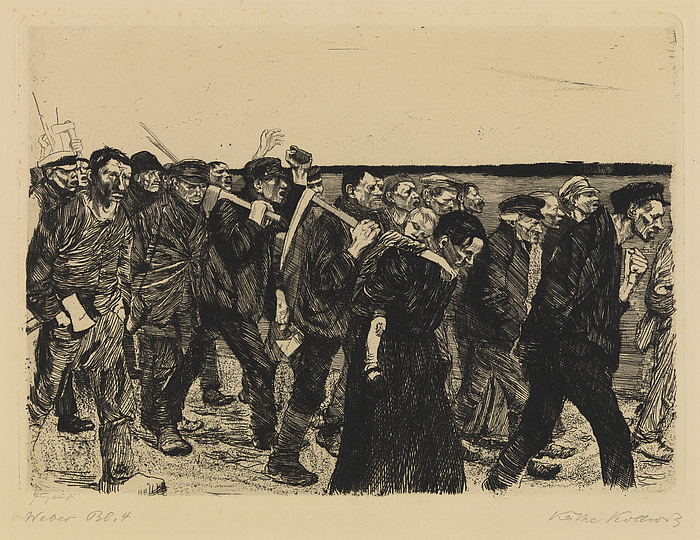
As oft noted in these dispatches, Chemnitz and environs has a long (hi)story as an industrial region, be that textiles, automotive or mining, amongst others. Industries that are no longer present at the scales they once were and whose depletion has added to the economic, political, social, cultural, environmental et al challenges of Chemnitz in recent decades.
A fate Chemnitz shares with a great many cities not just in Europe but globally.
With Tales of Transformation the Industriemuseum Chemnitz seek to set the various and contrasting stages of Chemnitz's development, Chemnitz's various rises and falls, since the early 19th century, in context of similar processes as experienced by Gabrovo, Bulgaria, Łódź, Poland, Manchester, England, Mulhousen, France, and Tampere, Finland.
A presentation that should not only allow for concentrated insights into the path the contemporary Chemnitz has taken, an important tool in helping framing questions of the path forward, but one that through setting that path in a wider European context allows for a more nuanced approaching of that path. Whereby particularly pleasing is the inclusion of cities from both east and west of the former Iron Curtain, and thus the opportunity to approach the similarities that define our differences. And thereby approach the writing of the more probable narrative of the (hi)story of Europe we currently so desperately need.
Tales of Transformation: Chemnitz – Gabrovo – Łódź – Manchester – Mulhouse – Tampere is scheduled to open at the Industriemuseum Chemnitz, Zwickauer Straße 119, 09112 Chemnitz on Friday April 25th and to run until Sunday November 16th. Further details can be found at www.industriemuseum-chemnitz.de
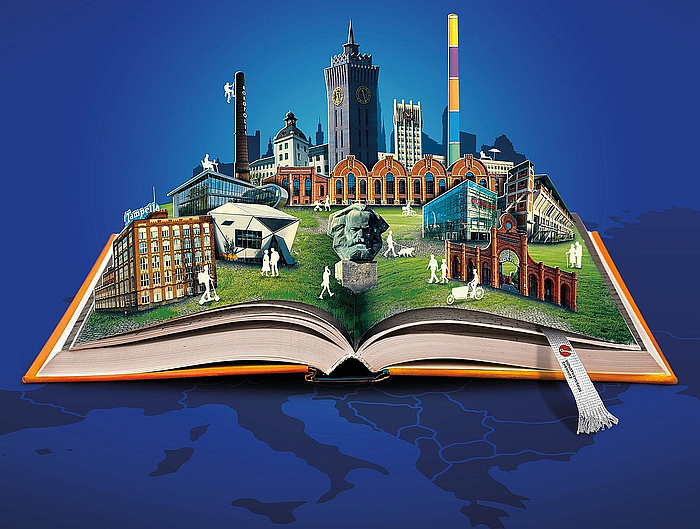
As noted from Reform of Life & Henry van de Velde mittendrin at the Kunstsammlungen, Chemnitz, the city has a long (hi)story in and with textiles, was a region that over several decades was home to numerous important and interesting textile mills, including those of family Esche, who commissioned van de Velde to build them a villa in Chemnitz, a telling moment in context of the economic (hi)story of the region. And a family Esche whose former hosiery mill in Limbach-Oberfrohna will host the exhibition Fabric Visions.
A presentation of works by thirteen creatives of various hues, including fashion designer/artist Aïcha Abbadi, interdiscipinary artist Sofia Magdits or textile designer Henrike Schmitz, that, in essence, began with an invitation to explore and utilise the museum's newly established Esche-Lab, one of several Makerhubs opened in the region as a component of Chemnitz 25, and also to explore the Esche-Museum's collection and to engage with the Chemnitz based Sächsischen Textilforschungsinstitut.
The result is a collection of projects which the curators argue exist not only between the substance and idea of the exhibtion title, but also between art, technology and sustainability, and that promise to stimulate a discourse on what a 19th century hosiery mill could, should, be today.
Fabric Visions. Between substance and idea is scheduled to open at the Esche-Museum, Sachsenstraße 3, 09212 Limbach-Oberfrohna on Sunday April 13th and to run until Sunday November 9th. Further details can be found at www.esche-museum.de
